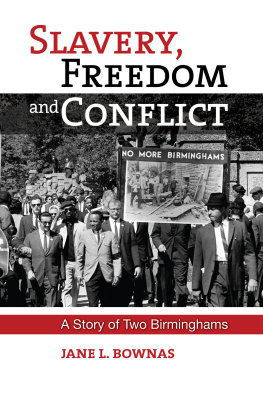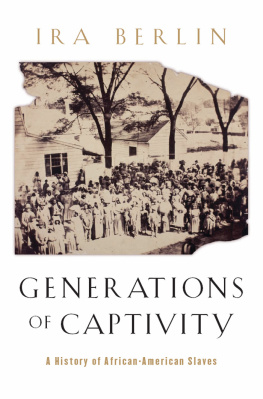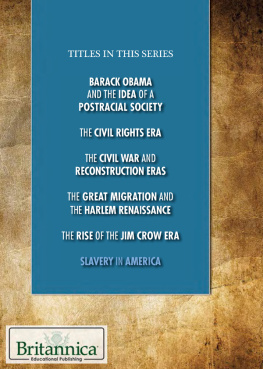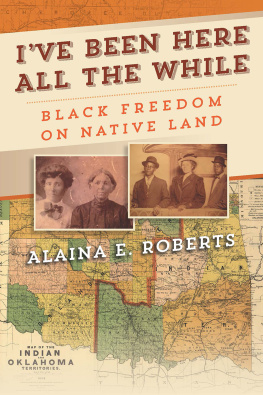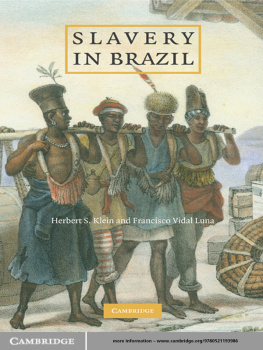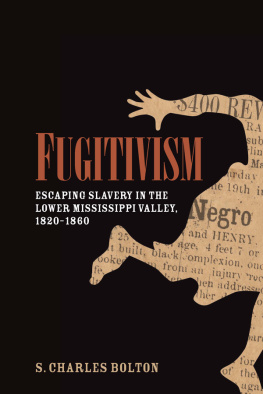

Copyright Jane L. Bownas, 2020.
Published in the Sussex Academic e-Library, 2019.
SUSSEX ACADEMIC PRESS
PO Box 139, Eastbourne BN24 9BP, UK
Ebook editions distributed worldwide by
Independent Publishers Group (IPG)
814 N. Franklin Street
Chicago, IL 60610, USA
ISBN 9781789760446 (Cloth)
ISBN 9781782846758 (Epub)
ISBN 9781782846758 (Kindle)
ISBN 9781782846758 (Pdf)
All rights reserved. Except for the quotation of short passages for the purposes of criticism and review, no part of this publication may be reproduced, stored in a retrieval system, or transmitted, in any form or by any means, electronic, mechanical, photocopying, recording or otherwise, without the prior permission of the publisher.
British Library Cataloguing in Publication Data
A CIP catalogue record for this book is available from the British Library.
This e-book text has been prepared for electronic viewing. Some features, including tables and figures, might not display as in the print version, due to electronic conversion limitations and/or copyright strictures.
Contents
Introduction
Guns, Sugar and Cotton
Abolition
The Aftermath, Jamaica
The Aftermath, Alabama
The Twentieth Century, 19001960
The Twentieth Century, 19602000
Into the Twenty-First Century
Notes
Bibliography
Index
Introduction
This is a story of two cities which share a name, one in the West Midlands of England and the other in the state of Alabama in the USA. These two cities have more than a name in common for both Birminghams have close connections with the history of slavery and with the descendants of those people who were transported from their African homelands and taken into slavery in the West Indies and Southern states of America. The cities most usually associated with slavery in the UK are the port cities of Liverpool, Bristol and London from which the slave ships sailed, but large inland cities like Birmingham developed close links with slavery as a result of the trade in guns, steam engines and metal goods all essential to the slave trade and to the running of the sugar plantations in the West Indies. Cotton plantations dependent on slave labour made huge profits for plantation owners in Alabama and the sale of their land to developers after the Civil War was essential for the development of the city of Birmingham.
Many books have been written on the history of slavery and its abolition in both Britain and the United States but in the following pages the emphasis is not on national political and economic policies but on the role played by individuals and communities in two very different areas united by their connection to slavery and its aftermath. The people of Birmingham in the UK became closely involved with the Anti-Slavery movement in the eighteenth and nineteenth centuries but in Alabama anyone campaigning for abolition would have been ostracized and often physically attacked. Some however were willing to take the risk, people like James Birney who settled in Huntsville, Alabama and spent his life campaigning against slavery. In the UK Joseph Sturge, founder of the Birmingham Anti-Slavery Society, travelled to the West Indies to investigate the hardships experienced under the apprenticeship system following abolition, and published the story of a young former slave who accompanied him back to England.
In Alabama, the records of the Freedmens Bureau provide a vivid account of the attacks and murders carried out by the Ku Klux Klan and others between 1865 and 1870 with details of the horrendous crimes committed against supposedly free former slaves. In the 1870s under Radical Reconstruction many black men became involved in politics, one notable example being James T. Rapier who was elected to represent Alabama in the United States Congress in 1872, and campaigned for voting rights. After so-called Redemption in 1874, Rapier lost his seat to a Democrat, a former Confederate Army Major.
The growth of the industrial city of Birmingham, Alabama resulted in an increased demand for labour and black workers moved into the city in large numbers to work in the mines and iron foundries. Many of these were interviewed for the Federal Writers Project in the 1930s, describing their experiences as young men. In the 1880s and 1890s increasingly severe segregation laws were introduced affecting every aspect of life, notably housing, schools, public transport, hotels and restaurants. The anti-miscegenation law which criminalised marriage between a white and black person was defended, when challenged in court by a mixed race couple, as being necessary to prevent a mongrel population and a degraded civilization.
The people of the West Indies living under British colonial rule after abolition had little say in the governance of their country but volunteered to fight in Britains armed forces during the two world wars in the first half of the twentieth century. In the 1950s and 1960s thousands of West Indians left their countries to find work in Britain and many settled in Birmingham and neighbouring industrial towns in the West Midlands. Unfortunately these newcomers who were British subjects were not universally welcomed and had to face racism when applying for jobs and renting accommodation. Henry Gunter, a Jamaican accountant, writer and political activist settled in Birmingham, trained to be a tool cutter and grinder and became the first black delegate to the Birmingham Trades Council. He recorded his experiences and that of other immigrants exposing the appalling housing conditions, the unwelcoming attitude of many residents and the racism often encountered in the workplace. In certain areas tension developed between the police and young unemployed black men and in the 1980s riots broke out in many British cities including Birmingham.
In Birmingham, Alabama, new Racial Segregation Ordinances were introduced early in the twentieth century, and zoning laws in housing meant that a black person building a house next to a white zone would be likely to find it damaged or destroyed by dynamite. In 1963 the Civil Rights campaign led to violent confrontations between the police and black demonstrators, events which were witnessed and written about by journalists and Civil Rights workers. Although an agreement was eventually reached to end segregation in Birmingham the activities of the Ku Klux Klan and other racist organisations meant that the Civil Rights Act did not bring an end to segregation particularly in education and employment. The Voting Rights Act of 1965 failed to eliminate the many devices introduced in order to frustrate the ability of African Americans to register their vote.
For the descendants of those who endured slavery in the British West Indies and the Southern United States, life in the twenty-first century still contains echoes of those years, whether it be the increased likelihood of being unemployed, detained in prison, excluded from school or, in states like Alabama, attending segregated schools or being disenfranchised as a result of racially biased voter suppression tactics. Their story needs to be heard.
Guns, Sugar and Cotton
Many starting points could have been chosen for this story, and some might question my choice of a date nearly two hundred years before the founding of the city of Birmingham, Alabama in 1871. Most cities have had small beginnings and can trace their origins in ancient settlements and favoured positions on well used paths or waterways. The city of Birmingham in England is recorded as a village in the Doomsday book of 1086 and in the following centuries grew to be a flourishing market town, becoming engaged in the cloth trade and then, in the fifteenth and sixteenth centuries in the production of metal goods. The land on which the city of Birmingham in Alabama now stands had been inhabited for thousands of years by members of the Muskogee people, Native Americans who lived in settled villages with thatched, wattle and daub houses built around central squares where, just as in English villages, people could meet and plan communal activities. In the sixteenth and seventeenth centuries Spanish and then French and British explorers entered these tribal lands. The first Spanish explorer was Hernando De Soto who travelled through Alabama in 1540 fighting with and killing many Native Americans who dared to oppose him. French colonization began in the sixteenth century but was mainly confined to the south of Alabama around the city of Mobile. In 1663 King Charles II granted a charter to an area of land on the coast of South Carolina which developed into a settlement for English traders, mainly from Barbados, and was given the name Charleston. From here the traders made their way through Georgia into Alabama, making contact and trading with the Creek Indians in Northern Alabama. In exchange for furs and animal skins the Creeks received metal goods such as tools and knives but also guns, and it is with the trade in guns that the first link is established between the land on which Birmingham, Alabama now stands and Birmingham in England.

